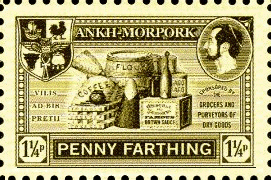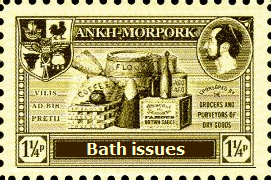|
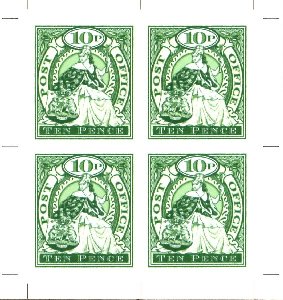
By the early summer of 2004 the stamp designs had been finalised using the finished Morporkia artwork, the values of 5p and 10p, and the colours of blue and green chosen. From then the stamp production followed that of the other 2004 definitives mentioned on these pages - well nearly followed. Firstly, some miniature sheets of 4 stamps were printed using the same printer and paper as would be used for the stamps which would go with Bernard and Terry to the Bath Museum press day. These were prepared for all six values as a final check that all was okay, and the stamps produced would be of sufficient quality.
Everyone was satisfied with the results and sheets of stamps were printed so that they could be perforated before the world’s press at Bath. There were sheets of all values apart from the 10 pence green. The reason given was that essentially it was the same as the 5 pence blue and therefore unnecessary. This does not seem to be the whole story, but will have to suffice. Anyway, whatever the reason it is possibly irrelevant because perforating was not a skill that would be perfected in a single morning, while chatting to the press, and much waste paper was produced. It is likely that the few decently perforated stamps were taken home as trophies and none ended up in LBEs.
So more sheets were printed, of all values, and these were taken to the museum to be perforated and sold to collectors. They were printed on A4 white gummed paper and had 28 stamps on the Morporkia sheets. There was no decoration or text on the selvedge, apart from guide lines for the perforating.
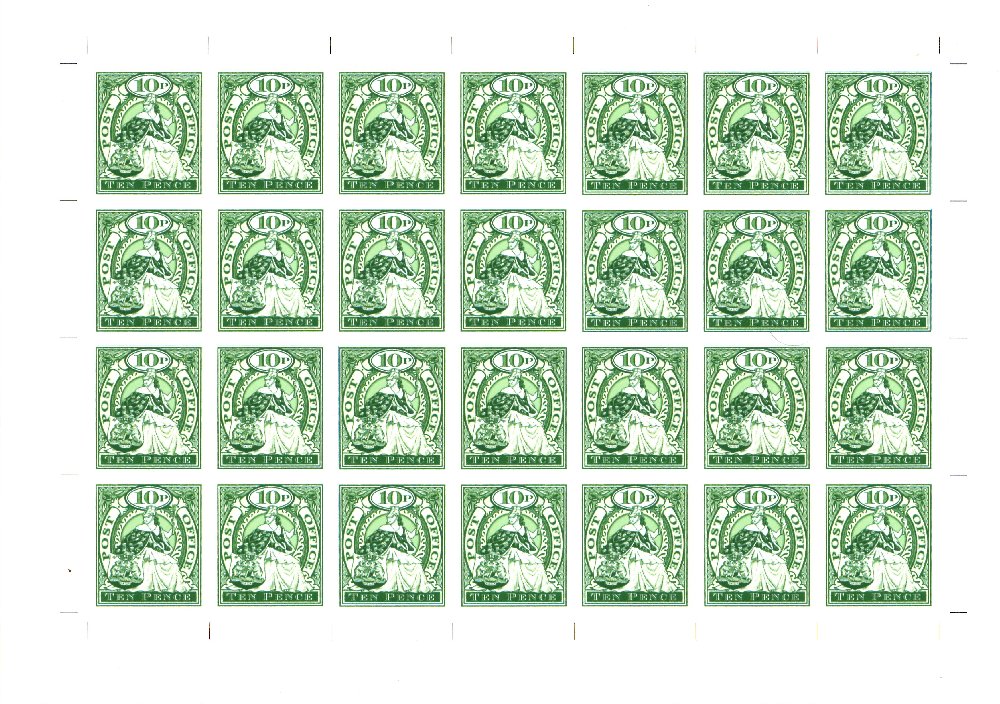
As we all know, these Bath perforated stamps had 12 holes per 2cm, and that this was quite crude on the earlier sheets - the ‘rat nibbled’ stamps. Soon, however, it was demonstrated that a touch of bees wax on the perforating pins produced a much better result. All the sheets were split up and the stamps packaged into LBEs. Sheet sales were limited to those printed by Enschede (see here). No-one kept any records in those days as to how many Bath perforated stamps ended up with collectors, yet alone the proportions of rat nibbled to waxed stamps. No-one even thought the stamps would last long or that collectors would seek out such variations.
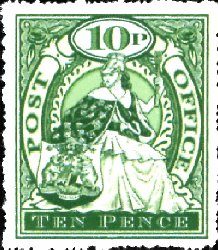
A Bath perforated stamp with crude perforations
|
